
Inside Track: KPop Demon Hunters
Five years in the making, Netflix’s smash hit animated movie tested its music production team to the limit.
To find the exact phrase, put the words in quotes or join them together with a plus sign e.g. live+recording or "live recording".
To find, say, all live recording articles that mention Avid, enter: live+recording +avid - and use sidebar filters to narrow down searches further.

Five years in the making, Netflix’s smash hit animated movie tested its music production team to the limit.
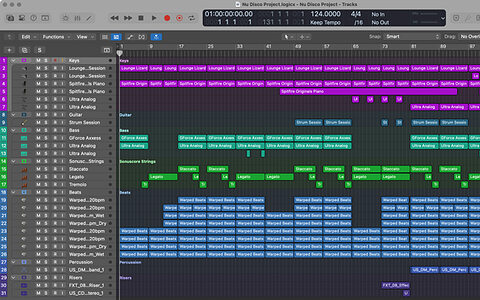
This month, we set ourselves a real‑world challenge: compose and release a new tune, using the tools provided in an SOS For Artists subscription!
This audio example accompanies the SOS For Artists (SOSFA) workshop in Sound On Sound October...
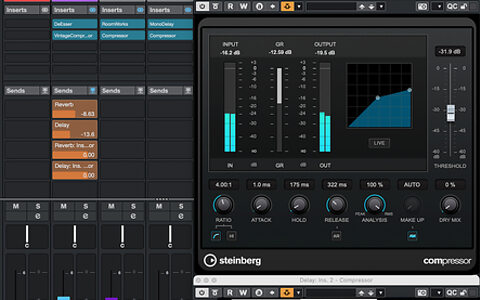
Ducking your reverbs and delays can bring greater clarity to your vocals.
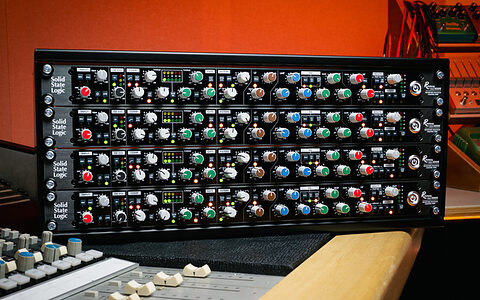
Solid State Logic dust off the blueprints of their E-series console to create a classy channel strip.
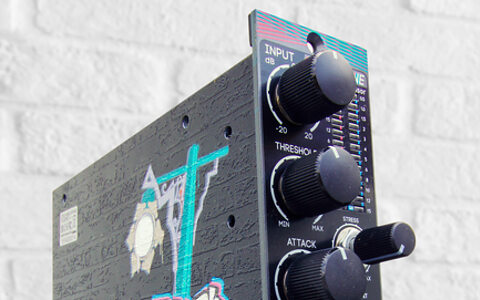
Cranborne say their Brick Lane is the fastest compressor in the West — but it’s also capable of modelling the characteristics of classic opto, FET and valve units, and much more.
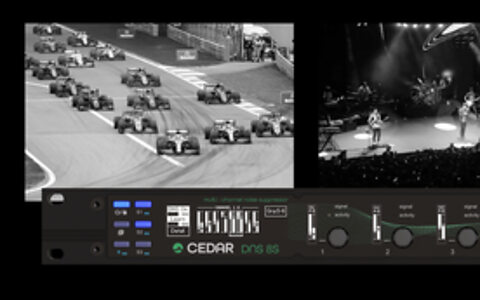
New from CEDAR Audio, the DNS 8S is a noise suppressor designed specifically for live sound and broadcast applications where audio over IP is not required.
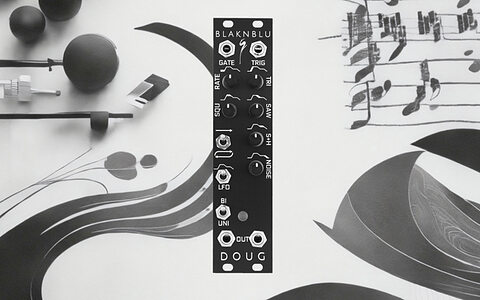
Blaknblu have announced the release of Doug, a combined LFO and envelope generator for Eurorack systems.
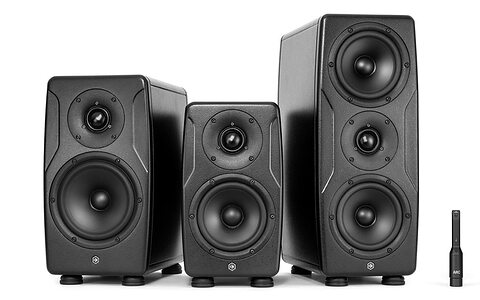
IK Multimedia have unveiled the iLoud Precision MkII, the next generation of their studio monitor range, featuring the company’s new ARC X acoustic correction system.
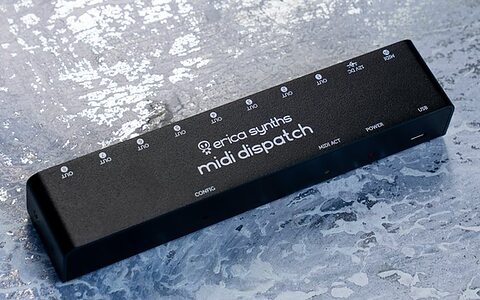
Erica Synths have introduced a new utility tool that serves as a successor to their first desktop unit, the MIDI Thru Box.
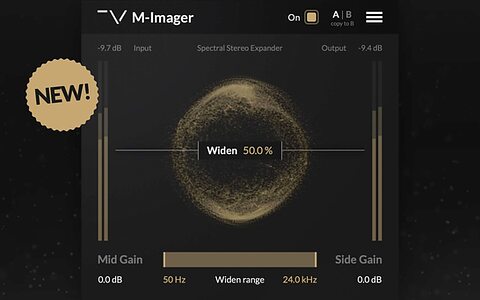
Relying on a technique that Techivation refer to as "phase-only, time-varying spectral decorrelation", M-Imager is said to be capable of achieving stable, natural-sounding stereo images without introducing the ‘phasey’ sound that’s often associated with rival processors.

Sonarworks have just launched their Autumn Sale, savings of up to 40% being applied across their range of SoundID Reference and SoundID VoiceAI software packages until 21 September 2025.

VSL's entry-level offering has just been renamed to Synchron Prime Orchestra, and is now available to purchase in six individual sections as well as a complete bundle.
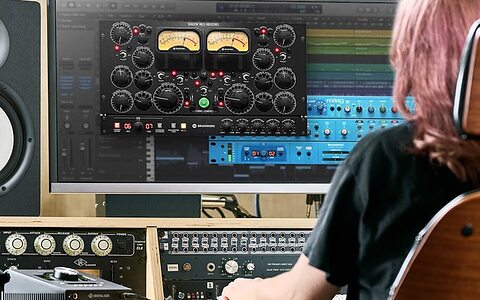
The latest arrival to Universal Audio’s UAD line-up delivers new and improved versions of two of their popular plug-ins.
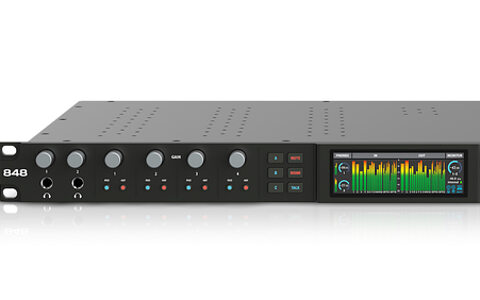
Thanks to Thunderbolt 4 / USB4 connectivity, the 848 is capable of delivering up to 256 channels (128 inputs and 128 outputs) to a macOS, Windows or iOS system.
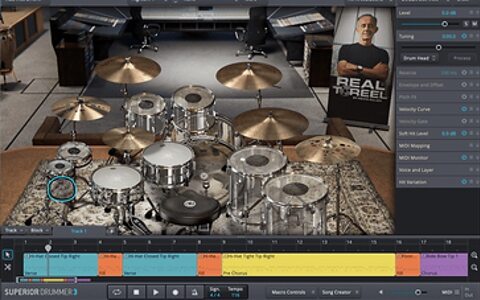
Toontrack’s latest SDX expansion includes eight new kits recorded at the legendary Real World Studios, and has been created in collaboration with Grammy-winning engineer Kevin Killen.

Strymon's latest release takes the form of a stereo DI box that’s been optimised for those connecting their pedalboards and keyboard/synth rigs to a PA, audio interface or full-range speaker system.
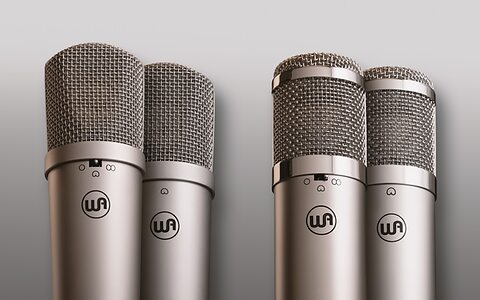
Warm Audio have introduced a trio of new microphones that build on the success of their WA-47jr, which has become one of the company’s best-selling models.
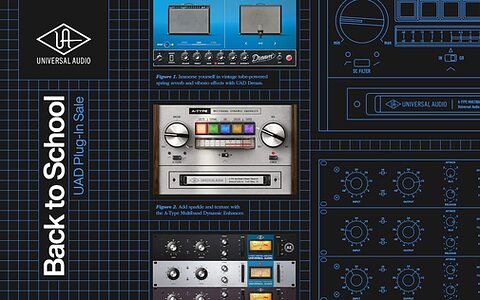
Universal Audio’s latest promotion is now live, and they’ve have also extended the limited-time offer that sees their popular Teletronix LA2A plug-in available as a free download to all users.
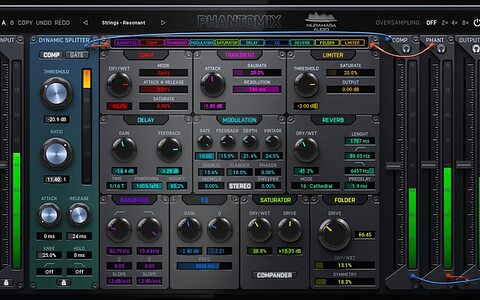
Phantomix takes a new and interesting approach with compression, using it as a tool to divide audio into two distinct signals for individual processing rather than a means of controlling dynamic range.